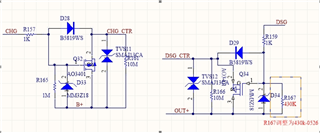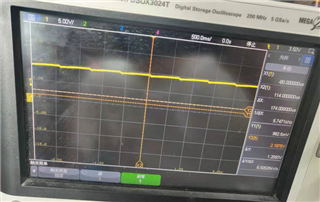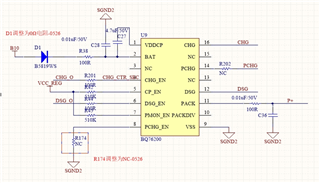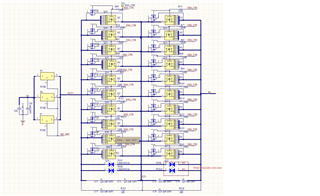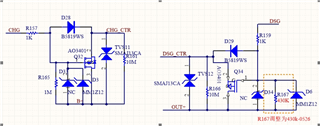Dear Expert
For BQ76200, there are several questions;
1.CHG\DSG drive level has been around 10.5V, less than the typical value of 12V;
2. When the resistance value of R167 is greater than a certain value, the CHG/DSG level wave forms a sawtooth shape;
